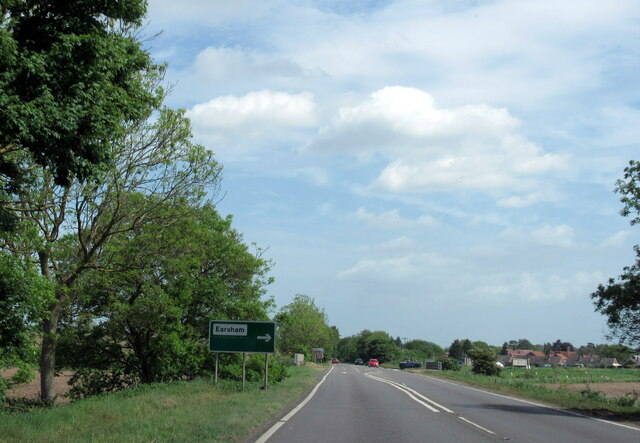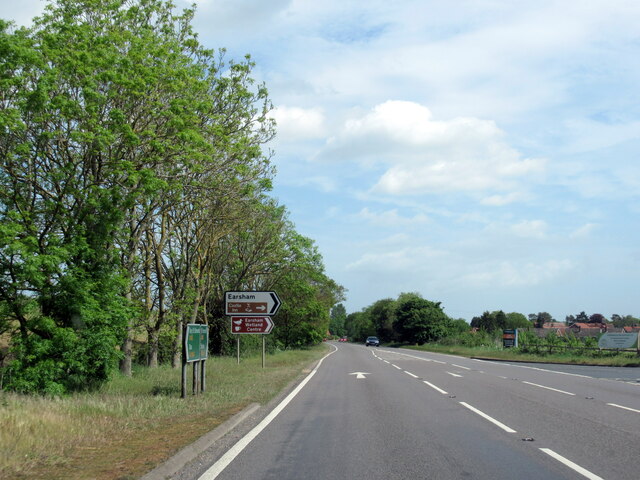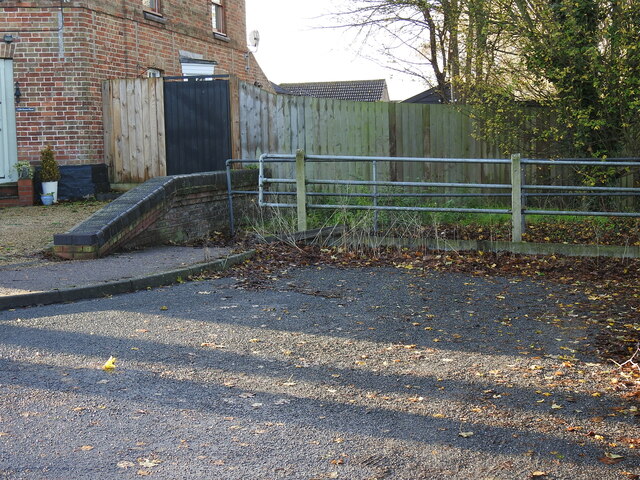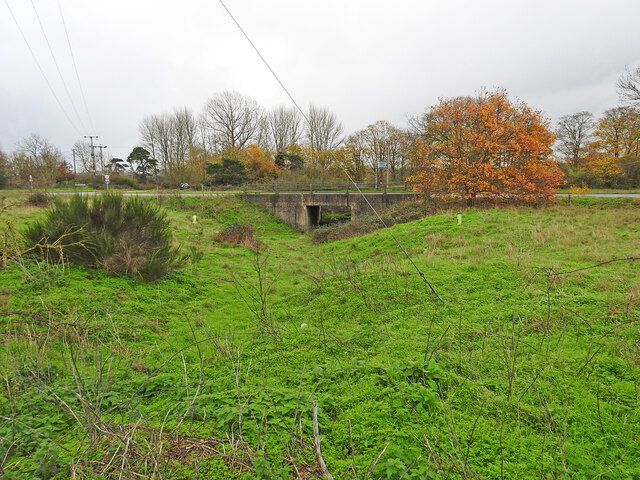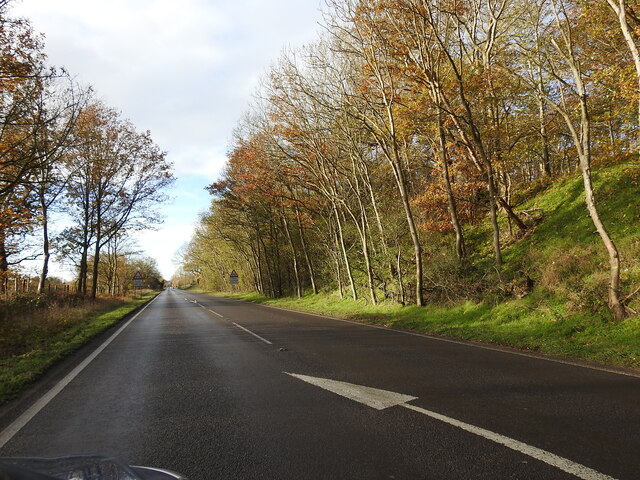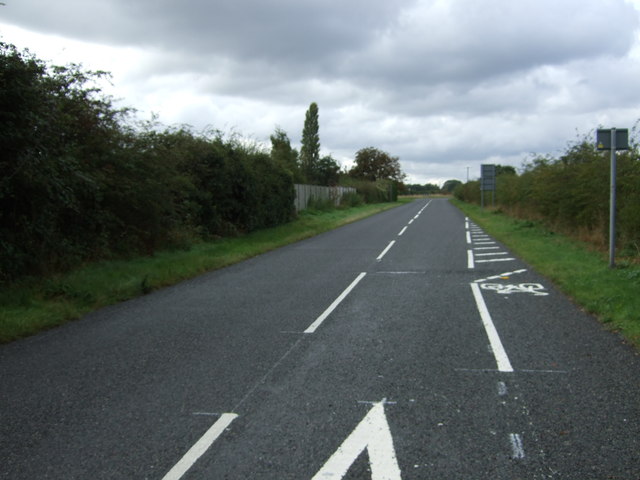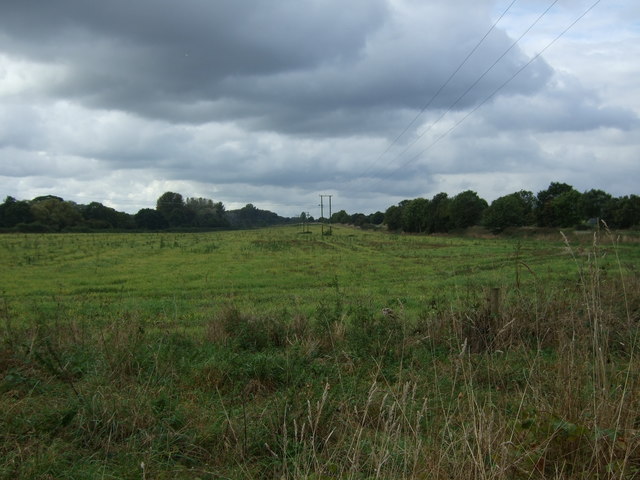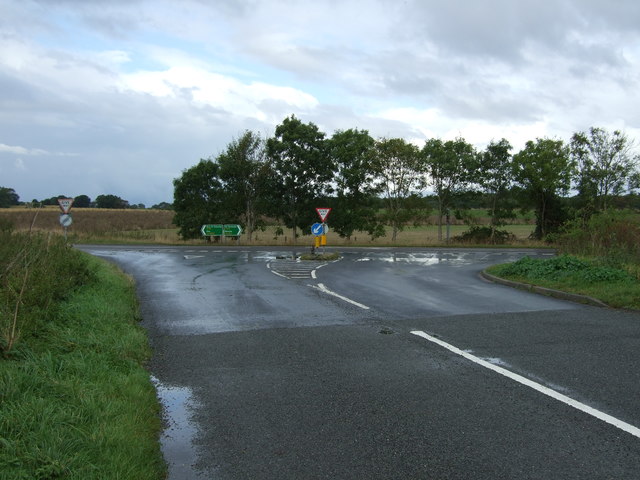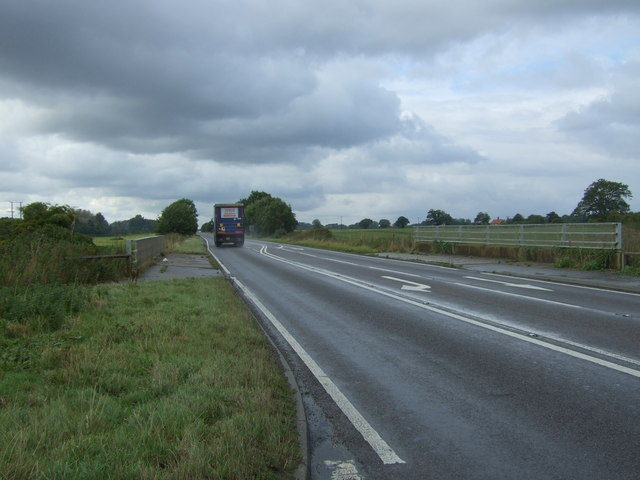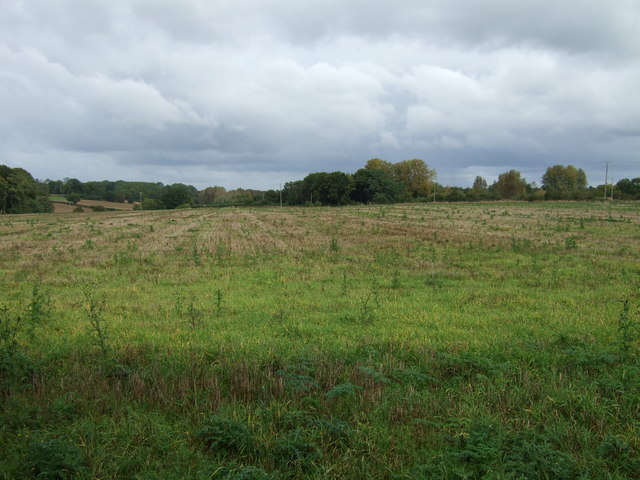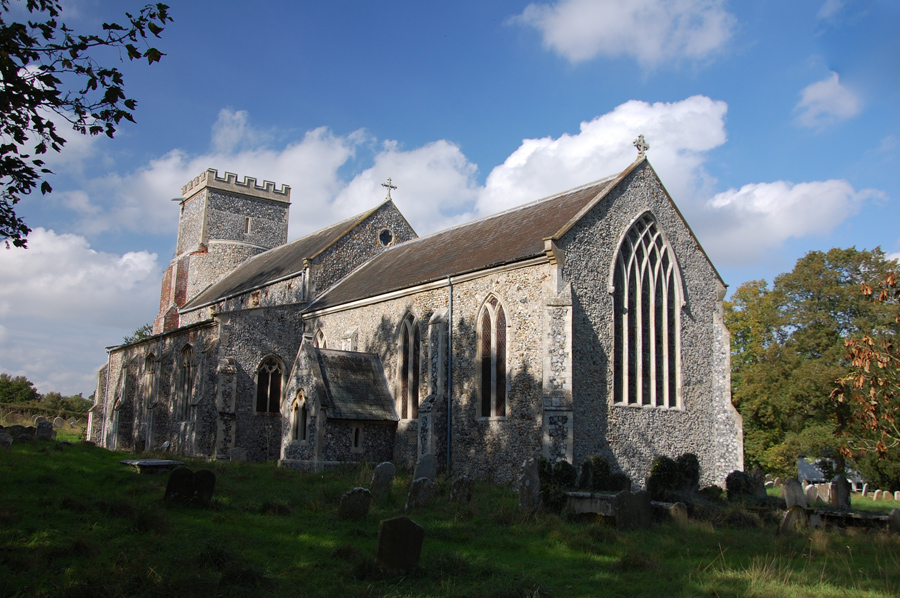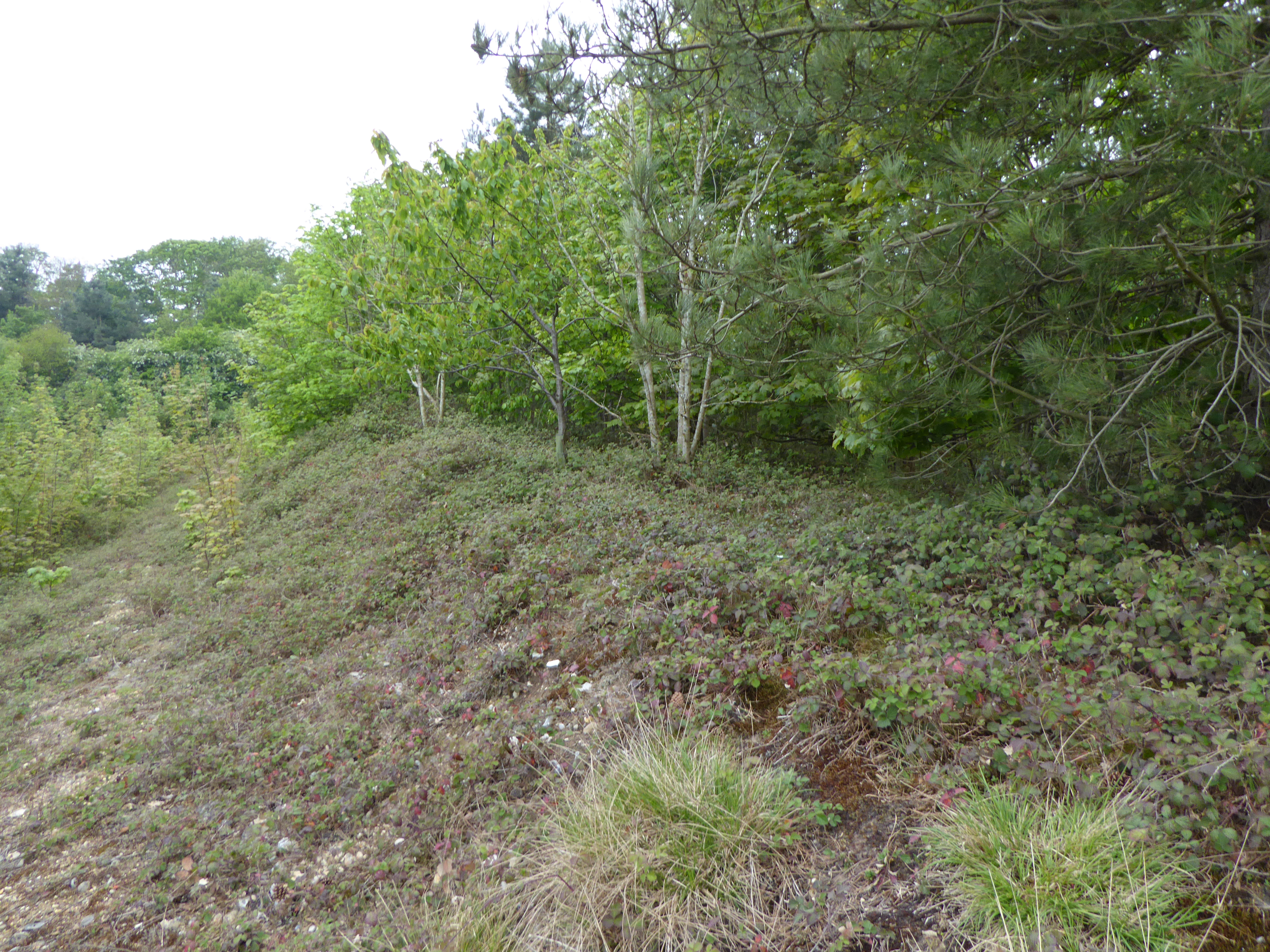The Lay Pond
Lake, Pool, Pond, Freshwater Marsh in Norfolk South Norfolk
England
The Lay Pond
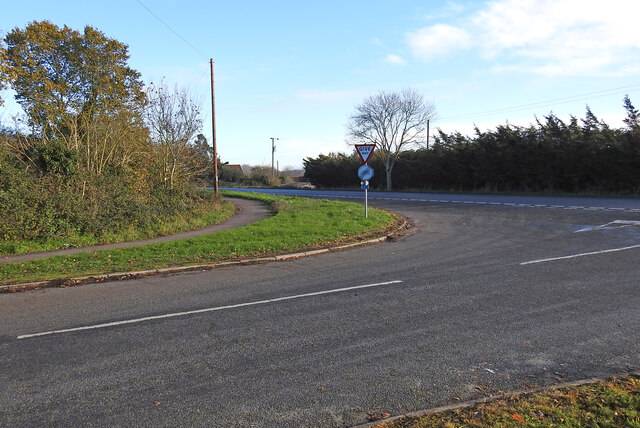
The Lay Pond, located in Norfolk, is a serene and picturesque freshwater ecosystem that encompasses a combination of lake, pool, pond, and freshwater marsh habitats. Spanning approximately 20 acres, this natural oasis is a source of abundant biodiversity and a haven for both plant and animal species.
The pond is fed by multiple freshwater springs, ensuring a steady flow of clean water throughout the year. Its shallow depth and calm surface create an ideal environment for a diverse range of aquatic vegetation to flourish, including water lilies, cattails, and various submerged plants. These plants not only provide shelter and food for numerous species but also contribute to the pond's overall aesthetic appeal.
The Lay Pond supports a rich array of wildlife, attracting an array of waterfowl species such as ducks, geese, and herons. Additionally, the pond serves as a habitat for various fish species, including bass, sunfish, and catfish, supporting a healthy aquatic ecosystem. The surrounding wetlands and marshes provide ample nesting grounds for numerous bird species and serve as crucial stopover points for migratory birds.
Not only does the Lay Pond offer a haven for wildlife, but it also provides recreational opportunities for visitors. Fishing enthusiasts can enjoy casting their lines into the tranquil waters, while birdwatchers can delight in observing the diverse avian species that call the pond home. Additionally, the surrounding green spaces invite visitors to relax and appreciate the natural beauty of the area.
In conclusion, the Lay Pond in Norfolk is a thriving freshwater ecosystem characterized by its diverse habitats, abundant wildlife, and recreational opportunities. It serves as a vital ecological resource and a peaceful retreat for both nature enthusiasts and local residents alike.
If you have any feedback on the listing, please let us know in the comments section below.
The Lay Pond Images
Images are sourced within 2km of 52.441728/1.3896309 or Grid Reference TM3088. Thanks to Geograph Open Source API. All images are credited.

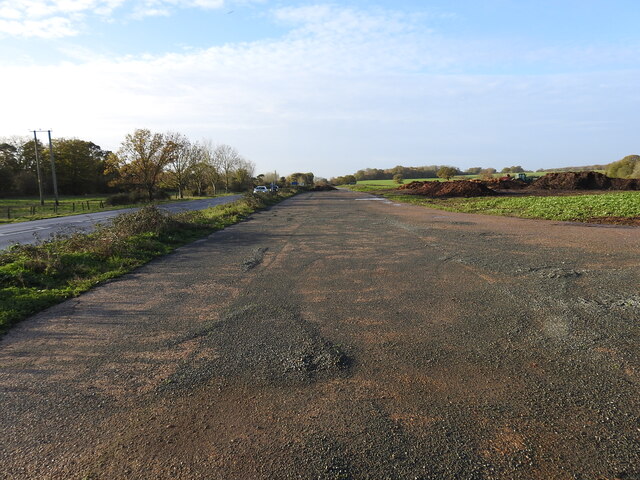
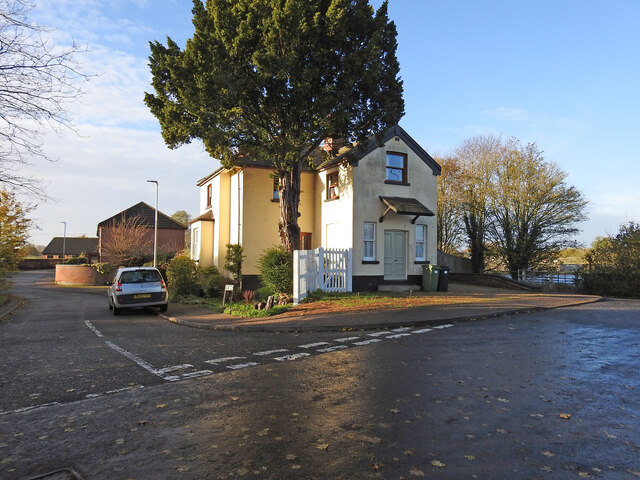
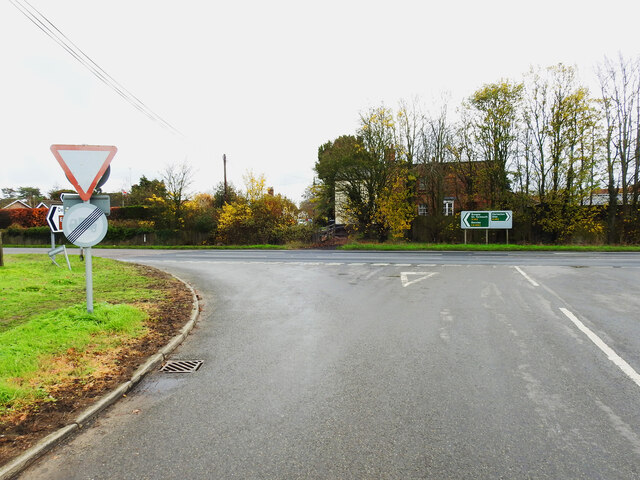
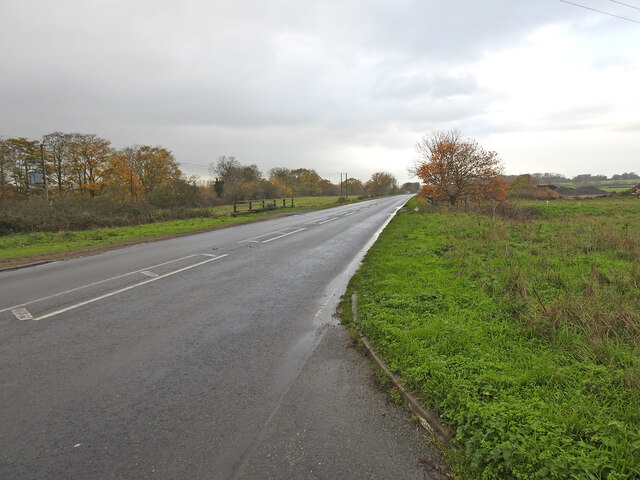
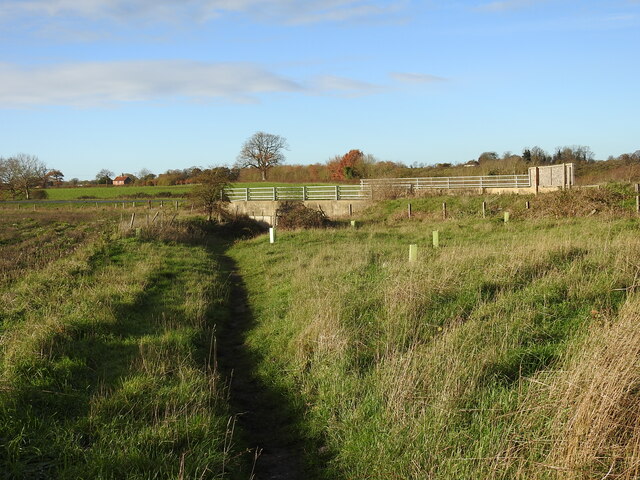
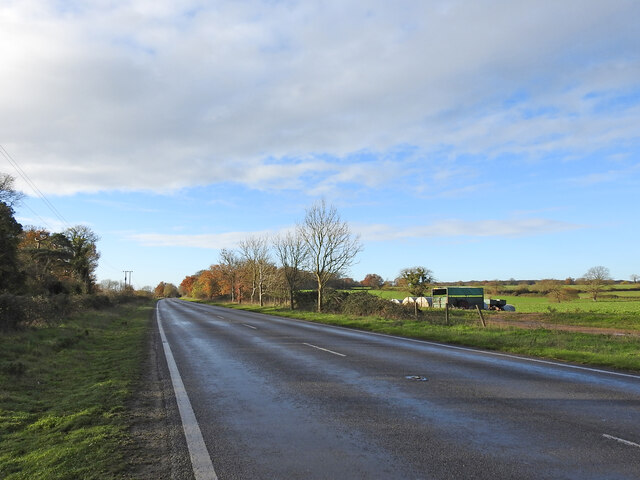
The Lay Pond is located at Grid Ref: TM3088 (Lat: 52.441728, Lng: 1.3896309)
Administrative County: Norfolk
District: South Norfolk
Police Authority: Norfolk
What 3 Words
///sidelined.galloped.recliner. Near Bungay, Suffolk
Nearby Locations
Related Wikis
Flixton, The Saints
Flixton is a village and civil parish located in the north of the English county of Suffolk. It is around 2 miles (3.2 km) south-west of Bungay in the...
RAF Bungay
Royal Air Force Bungay or more simply RAF Bungay (known locally as Flixton) is a former Royal Air Force station located 3 miles (4.8 km) south-west of...
Earsham railway station
Earsham was a railway station in Earsham, Norfolk, England. It was located on the Waveney Valley Line which connected Beccles with the Great Eastern Main...
Flixton Priory
Flixton Priory was a nunnery under a prioress following the Augustinian rule, which formerly stood in the parish of Flixton in the north of the English...
Earsham
Earsham is a village and civil parish in the English county of Norfolk. Earsham is located 1.7 kilometres (1.1 mi) west of its postal town of Bungay and...
Denton, Norfolk
Denton is a village and civil parish in the English county of Norfolk. Denton is located 3.8 miles north-east of Harleston and 13 miles south of Norwich...
Abbey Wood, Flixton
Abbey Wood, Flixton is an 18 hectare biological Site of Special Scientific Interest south—west of Bungay in Suffolk. It consists of two adjoining areas...
Flixton Quarry
Flixton Quarry is a 0.7 hectares (1.7 acres) geological Site of Special Scientific Interest 3.75 miles (6.04 km) south-west of Bungay in the English county...
Nearby Amenities
Located within 500m of 52.441728,1.3896309Have you been to The Lay Pond?
Leave your review of The Lay Pond below (or comments, questions and feedback).
